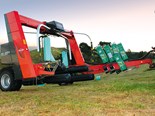Hay & silage: Kelvin Cave SilaPactor


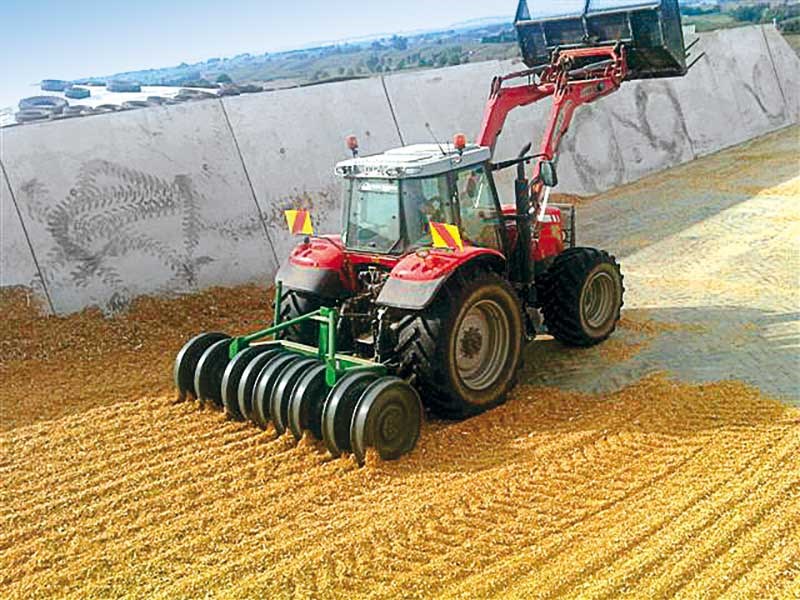

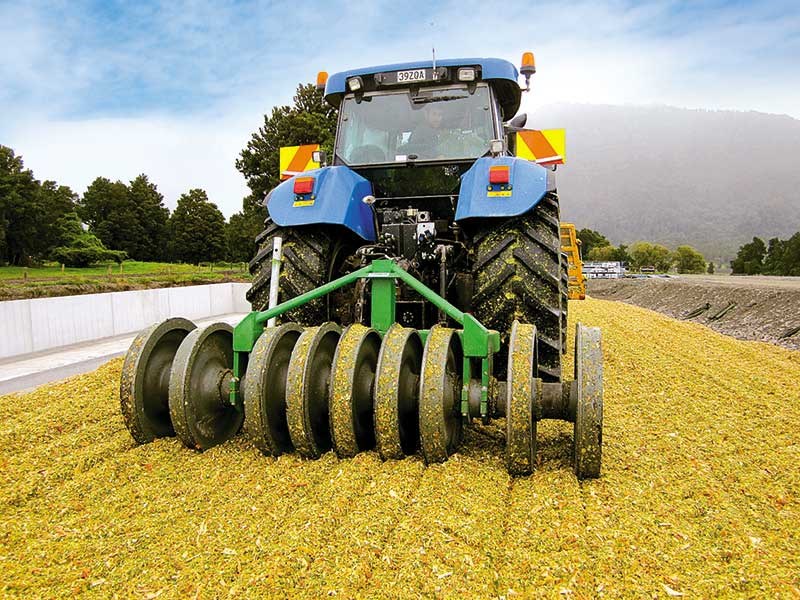

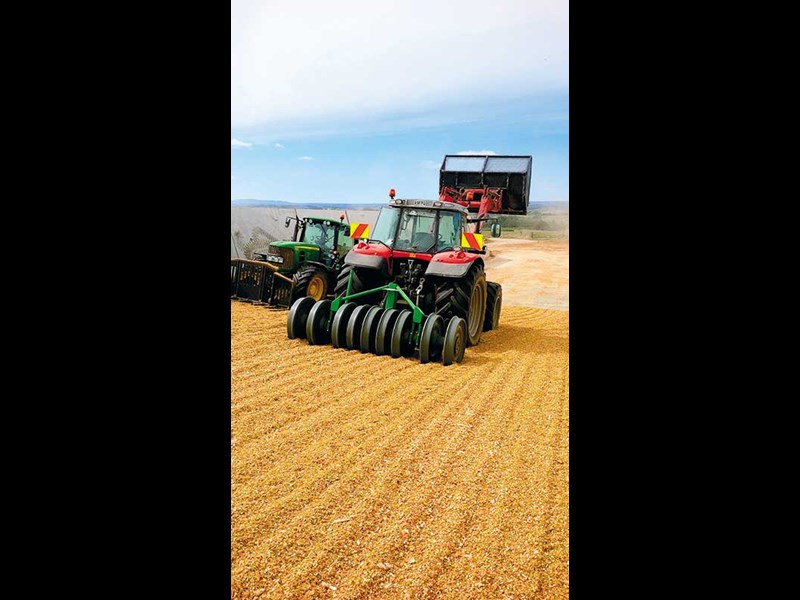


|

|

|

|
The more compact your silage, the better the quality – but how do you achieve the best compaction in the quickest time possible? Jaiden Drought investigates one possibility.
As the world’s demand for food, fuel and productive land increases year-on-year, so does the demand for more efficient and productive machines. The level of technology in modern machinery has advanced in leaps and bounds, making them significantly more efficient. You can’t knock machinery manufacturers for this as there’s a constant push to produce larger, higher capacity machines with significantly more horsepower, which are spectacular in Germany on large bio-fuel operations, but back it New Zealand they can often create bottle necks for silage making operations with small, tight paddocks and often small silage bunkers.
The process in which we make and ensile silage has not changed over the years; it has just become faster and more efficient. So how do you keep up with high capacity loader wagons and foragers at the pit, when the bunker simply isn’t big enough for two tractors working simultaneously?
I think if you asked most contractors (and they were honest), allowing the machine working the pit more time both during the job and after the wagons have left to further compact the grass would be one way of increasing the quality of the forage. This in most cases is not practical, as the short weather windows mean a growing number of customers need their silage sorted in a short time period, so you need to gain efficiency at the stack.
How then do you get the level of compaction that should be achieved for top quality silage in a short time frame?
SilaPactor
The SilaPactor is the brain child of Kelvin Cave Ltd who has been providing farmers with forage solutions since 1982. The SilaPactor recently won the major industry award at the Royal Welsh Show for the machine, implement or device most likely to benefit Welsh farmers and as it turns out, all around the world.
The chairman of the award and judge, John Robertson, praised the efficiency and simplicity of the machine: "In all respects it’s a great device, and for the cost involved it’s good value for money".
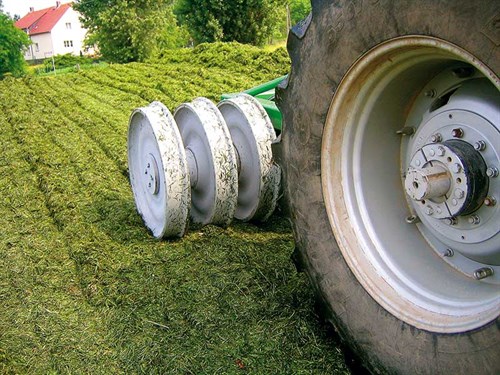
Thus far, the more popular machine in New Zealand is the nine-ring, three-metre unit, weighing 3.6 tonne, although you can also get an 11-ring, three-metre unit which tips the scales at four tonne.
All New Zealand contractors I spoke with using the SilaPactor reported high levels of customer satisfaction with many reporting it as the best silage they had produced on their farms, with the only complaint being the high level of compaction made digging it out of the pit a little more challenging. Contractors also benefited as the machine is a point of difference so many have been able to secure additional work for the coming season thanks to word of mouth.
One area I believe this machine will have a real advantage is with loader wagon silage as it’s not as finely chopped as that from a forage harvester and tends to roll and knot, so there is a tendency to play with it to get a smooth surface and can be very time consuming with the buckrake/loader.
Pros
- Increase silage compaction by verified 25% with up to 40% increases reported.
- Make fewer passes: less fuel, less time and wear on the machine.
- Compact right to the edges of the clamp without damaging the tractor tyres.
- Reduce DM losses, the air is pressed out quickly which improves the quality and stabilises the sugars in the forage.
- Steel rings give higher point loading than tyres, tyre companies spend millions each year designing them to reduce compaction.
- Fast rolling time eg 12 metre stack SilaPactor 4 passes, standard tractor 10 to 12 passes which means less time and fuel.
- Wider than the tractor, keeps tractor wheels away from the edge of concrete bunker wall saving tyres and wing mirrors.
- Can roll up to the back wall of a bunker, normally tractor and weight pack can’t get right in close and as a result you have to build a wedge much faster.
- A 180hp tractor (or even less) can do the same compaction job as a 300hp plus tractor.
- Allows you to get away with one tractor on the stack instead on getting in a second tractor for rolling.
- Very simple design; frame, shaft and train wheels it literally is that simple.
Cons
- That sort of weight on the back of the tractor and four metres up in the air on a bunn can be a little un-nerving, although given it maintains a low centre of gravity for the tractor, it is unlikely to cause the machine to require a ‘right way up sticker’.
Read the full article in the latest issue (#222) of Farm Trader magazine. Subscribe here.
Keep up to date in the industry by signing up to Farm Trader's free newsletter or liking us on Facebook

.jpg)




.jpg)
.jpg)
.jpg)

.jpg)

